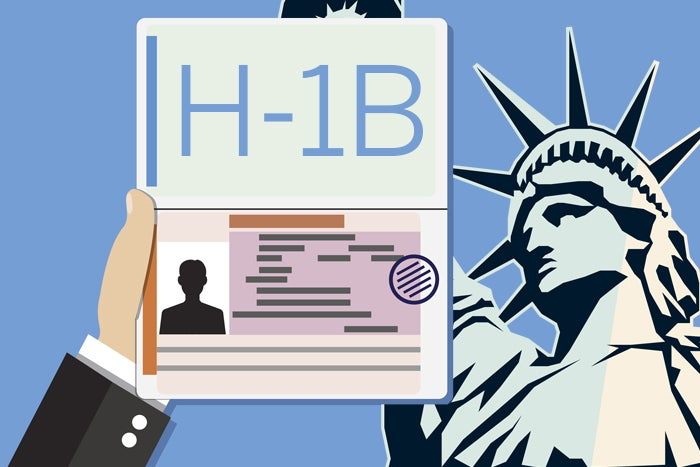Context: President-elect Donald Trump has shown support for H-1B visas but stressed the importance of balancing immigration policies with safeguarding American jobs.

About H-1B Visa Program
What is it?
• Enables U.S. employers to hire foreign workers for specialized roles that require:
• Advanced expertise.
• A bachelor’s degree or higher.
• Managed by the U.S. Department of Labor to address skill gaps in the U.S. labor market.
• H-1B employment is temporary but can be renewed.
Key Features
• Purpose: Grants access to specialized talent that is not available within the domestic workforce.
• Annual Limit: 65,000 new H-1B visas, plus an additional 20,000 for individuals holding U.S. master’s degrees or higher.
• Exemptions: Workers employed by higher education institutions, non-profit organizations, or government research bodies are exempt from the cap.
How does it benefit in Indians?
Indians make up the largest group of H-1B beneficiaries, representing 72.3% in FY 2023, with approximately 2.79 lakh approvals.
Fields:
• 65% work in computer-related occupations.
• Other sectors include architecture/engineering (9.5%) and education (6%).
• Median Compensation: $118,000 annually in 2023.
Trends and Policy Changes:
1. Admission Trends:
o Pre-COVID increase (2018: 570,000; 2019: 601,000).
o Decline during COVID-19 (2020: 368,000; 2021: 148,000).
o Post-COVID recovery (2022: 410,000; 2023: 755,000).
2. Denial Rates:
o Increased during Trump’s administration (2016: 6%; 2018: 24%).
o Reduced to 4% by 2021 and remained at 2% in 2022.
o Many high denial rates during Trump’s term were reversed upon appeal.

